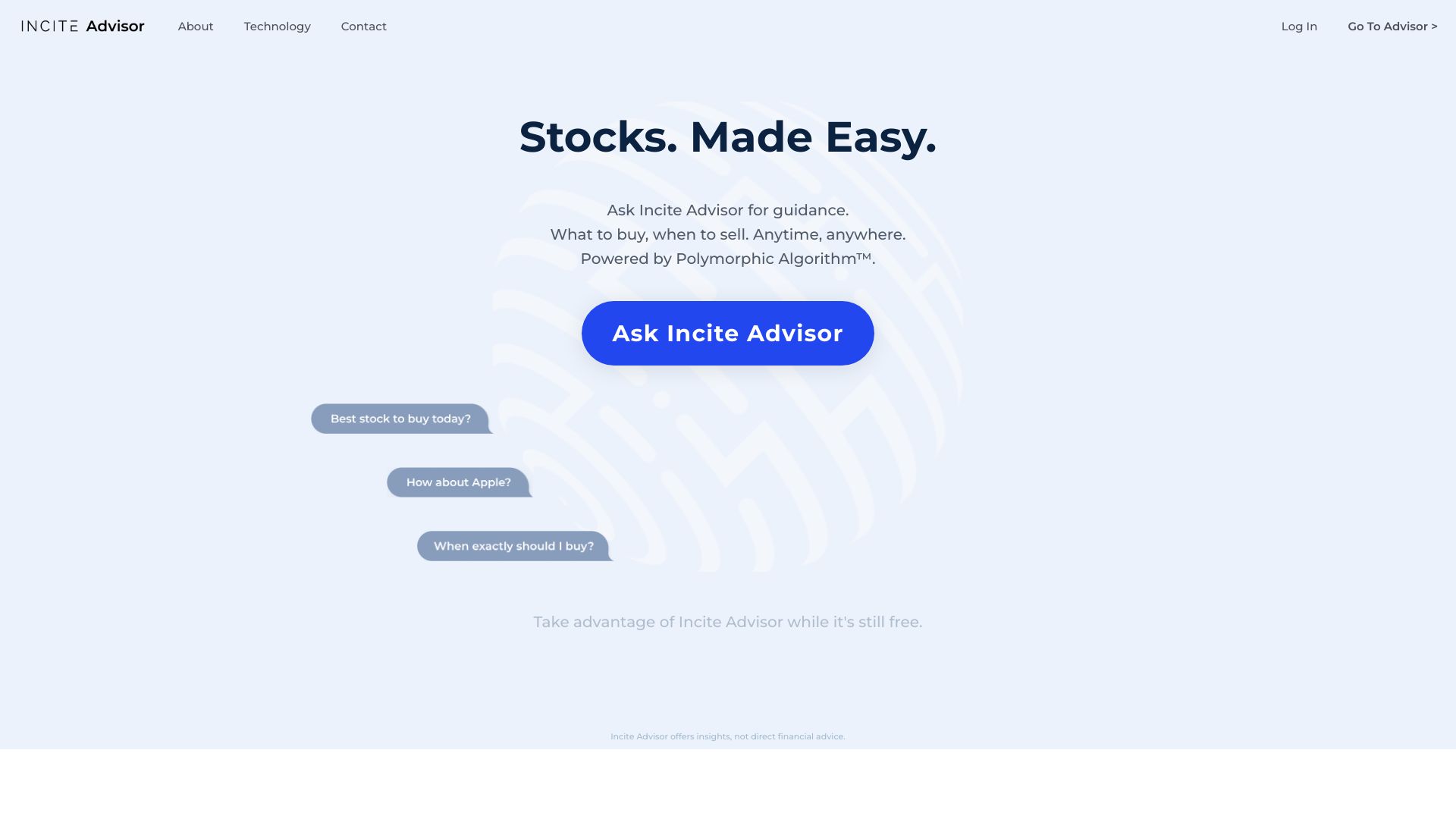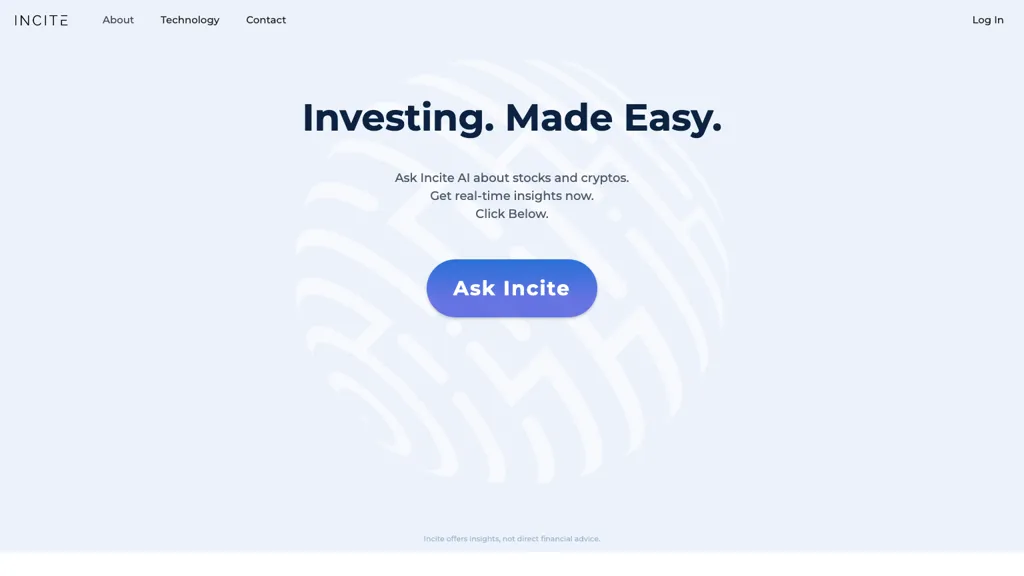To get the most out of your investment, it is crucial to be aware of and evaluate pricing on AI stock-predicting/analyzing trading platforms. Pricing structures can vary greatly and it is essential to be aware of what you're getting for your amount you pay. Here are the 10 best strategies for evaluating the cost and pricing.
1. Find out more about the pricing model
Subscription-based : Determine if there's a monthly fee or an annual fee and the features included in each.
Pay-per Use: Verify whether the platform charges for usage (e.g. the amount of trades completed or data requests, or even predictions).
Freemium model: Check whether there's a no-cost version with limited features, and a premium version that includes the premium features.
2. Compare Pricing Tiers
Find out what features are included with each pricing stage.
Scalability. You must ensure that you have the right pricing to meet your requirements.
Upgrade flexibility: See whether your plan is easily upgraded or downgraded when your requirements change.
3. Evaluate Hidden Costs
Data fees: Check whether the platform charges additional for access to premium data (e.g. real-time data, advanced analytics).
Brokerage fees: Check if the platform charges additional charges for trade execution or integration with brokers.
API use: Find out if you are liable for additional charges due to high-frequency API usage or API access.
4. Check out free demos as well as trials
Trial period. Find platforms that offer trials or demos so that you can test their capabilities before you commit.
Trial limitations: Check whether the trial you are using is included in all of the features, or if it is limited in its functionality.
Choice of no-commitment: Be sure you're able to end your trial if it doesn't meet your requirements.
5. Find out about discounts and specials.
Discounts on annual subscriptions: Compare the monthly plan with the annual plan.
Referral programs: Find out if you can get discounts or credits by referring others to the platform.
Pricing for institutions: If you're part of an enterprise, inquire about bulk or institutional pricing.
6. Evaluate Return on Investment (ROI)
Cost and value: Compare the price of a platform with its features. For instance, does it aid you in making a better decisions in trading or help you save time.
Record of performance: Check the platform's performance rate or user reviews to assess the potential return on investment.
Costs of other platforms: Compare the costs of the platform to the possible cost of not utilizing it (e.g. not utilizing opportunities, manual analyses time).
Review Cancellation/Refund Policies
Terms of Cancellation: You are able to cancel your subscription without any hidden fees or penalties.
Refund policy: Find out if the platform offers refunds for unutilised parts of your subscription.
Auto-renewal. Find out if the platform will automatically renew your subscription. If so then you'll have to figure out how to stop it.
8. Transparency in Pricing:
Price page that is clear: Make sure the platform is equipped with a clear and precise pricing page that is free of hidden charges.
Customer service: If there are any questions about the cost of services or other charges Contact customer service.
Terms of the contract: Make sure you understand the service terms and any penalties.
9. Compare to Competitors
Comparing features and prices between platforms is a great method to ensure you're getting the best price.
User reviews: Study reviews from users to determine if others feel the platform is worth the price.
Market positioning: Determine the price of the product, whether it's the high end, mid-range or low-cost alternative, and if that aligns with your expectations.
10. Estimate Long-Term costs
Price rises: Find out if and how often the platform raises its prices.
Features Additions: Determine whether there are any new features that are available in your current package or whether you should upgrade.
Scalability costs: Ensure the platform's pricing remains reasonable when your trading or data requirements increase.
Bonus Tips
Trial multiple platforms: Test different platforms in free trials to test their capabilities and effectiveness.
Negotiate the cost: If you are a frequent user or a part of a large institution You can inquire about special pricing or discounts.
Find free educational tools and sources. Certain platforms offer tools for education or resources that are complimentary.
Follow these tips to assess the cost and pricing for AI analysis and stock prediction platforms. Select one that is compatible with your needs and fits within your budget. A platform priced well will strike the right balance between affordability, functionality and performance to maximize your trading. View the best trading ai recommendations for website examples including incite, ai stock trading app, best ai stock trading bot free, ai stocks, options ai, ai investing platform, ai for investing, investment ai, market ai, ai trading and more.

Top 10 Tips On Risk Management Of Ai Trading Platforms That Can Predict Or Analyze The Price Of Stocks.
Any AI platform for analyzing or predicting stocks must have risk management in place that is crucial for protecting your investment and minimizing losses. A platform that has robust risk management tools will assist you in navigating market volatility and make well-informed choices. Here are the top ten tips for assessing the risks management capabilities of these platforms:
1. Check out Stop-Loss and Take Profit features
A level that is customizable: You must be able customize the levels of take-profit and stop-loss for individual trades and strategies.
Check whether the platform allows for trailing stops. They automatically adjust themselves as the markets shift in your direction.
It is important to determine if there are any stop-loss options that can ensure that your position will be closed at the agreed price, regardless of whether the market is volatile.
2. Measure Positions Tools
Fixed amount - Make sure that you know the amount of your positions in relation to a set amount.
Percentage of Portfolio Decide whether it is feasible to establish the size of your position as a percentage of your total portfolio in order to manage risks proportionally.
Risk-reward Ratio: Ensure that the platform supports setting individual risk-reward levels.
3. Check for Diversification Assistance
Multi-assets trading: Make sure that the platform is able to support trading across a variety of asset classes (e.g. ETFs, stocks, options, forex etc.) for diversification of your your portfolio.
Sector allocation Check to find out whether there are any tools that can be used to manage and monitor exposure to the sector.
Diversification of geographic areas. Make sure the platform can trade on international markets, which will spread geographic risk.
4. Review leverage and margin controls
Margin requirements: Make sure the platform is clear about margin requirements when trading leveraged.
Make sure your platform lets you set leverage limitations to control risk exposure.
Margin call: Check that the platform is providing timely notification for margin calls. This could help keep accounts from being closed.
5. Review the risk Analytics Reporting
Risk metrics: Be sure the platform provides the most important risk metrics to your portfolio (e.g. Value at Risk (VaR), sharpe ratio, and drawdown).
Analysis of scenarios: Make sure that the platform enables you to test different scenarios of the market in order to evaluate the risk.
Performance reports - Make sure that the platform provides specific performance reports, including the risk-adjusted returns.
6. Check for Real-Time Risk Monitoring
Monitoring of your portfolio. Be sure your platform is able to monitor in real-time the risk associated with your portfolio.
Alerts and notifications: Examine the system's capability to provide real-time warnings of situations that could be risky (e.g. breached margins or Stop loss triggers).
Risk dashboards – Check to see if your platform has customized risk dashboards. This will provide you with a better overview of the risks you are facing.
7. Test Stress Testing and backtesting
Test your strategies for stress: Ensure that that the platform you choose allows you to test your strategies and portfolio under extreme market conditions.
Backtesting: Determine if the platform supports backtesting strategies based on previous data to evaluate the risk and effectiveness.
Monte Carlo Simulators: Verify whether the platform utilizes Monte Carlo models to model possible outcomes and evaluate risks.
8. Risk Management Regulations: Assess your compliance
Regulatory Compliance: Verify the compliance of the platform with relevant Risk Management Regulations (e.g. MiFID II for Europe, Reg T for the U.S.).
Best execution: Make sure that the platform is in line with best execution practices. It will guarantee that transactions are completed at the best price available to avoid the chance of slippage.
Transparency: Find out whether the platform offers clear and transparent disclosures about risks.
9. Examine for Risk Parameters that are controlled by the User
Custom risk rules: Make sure the platform you choose permits you to develop customized risk management rules.
Automated risk controls: Verify if the platform can automate the enforcement of risk management rules according to your pre-defined parameters.
Manual overrides: Check whether the platform supports manual overrides to automate risk controls in case of emergency.
10. Review User Feedback and Case Studies
User reviews: Review user feedback to determine the effectiveness of the platform's risk management.
Case studies Find case studies or testimonials that show the platform's ability to control risk.
Forums for community members. Check to see whether the platform is a thriving user community, where traders can exchange strategies for risk management and advice.
Bonus Tips:
Trial period: Take advantage of a demo free or trial period to try the capabilities of the platform for managing risk in real-world scenarios.
Customer support: Ensure the platform provides a solid support for risk management-related issues or questions.
Find educational resources.
These tips will help you determine the risk management capabilities of AI stock-predicting/analyzing trading platforms. In this way you'll be able pick a platform that safeguards your investment and reduces the risk of losses. Tools for managing risk that are robust are crucial for trading on unstable markets. Take a look at the best funny post about free ai tool for stock market india for website examples including chart analysis ai, best stock prediction website, ai copyright signals, stock predictor, ai stock investing, free ai tool for stock market india, free ai tool for stock market india, ai share trading, chart analysis ai, ai for trading stocks and more.
